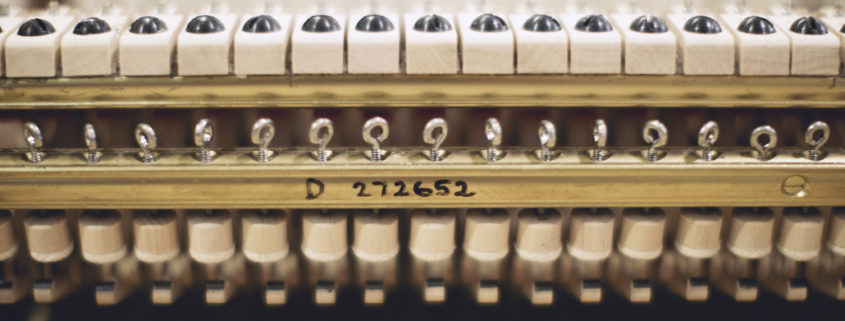Action regulation is dealing with the mechanism—the keys, keyframe and parts stack, collectively called the action, along with and aided by the damper/pedal system, or “back action”—that transfers energy from the player’s fingers to the point where the hammer strikes the strings. There are many points in each individual key mechanism (all 88) that can be adjusted and by so doing, bring each key mechanism into the parameters and specifications that the manufacturer intended. Because a piano action is mostly comprised of parts made of wood, leather, and felt, these materials can wear, shrink or swell easily, and need to be attended to. A piano is a very forgiving machine—it can function, play notes and repeat, even if it’s almost mortally compromised—but it’s so much more fulfilling and inspiring to play an instrument that’s been well-regulated and is functioning at nearly 100% capacity.
It’s usually not because of your fingers, or advancing age, or anything to do with you that the piano seems harder, or spongier, or not as much fun to play as it used to be: it’s usually simply a lack of mechanical regulation, which is easy to correct.




